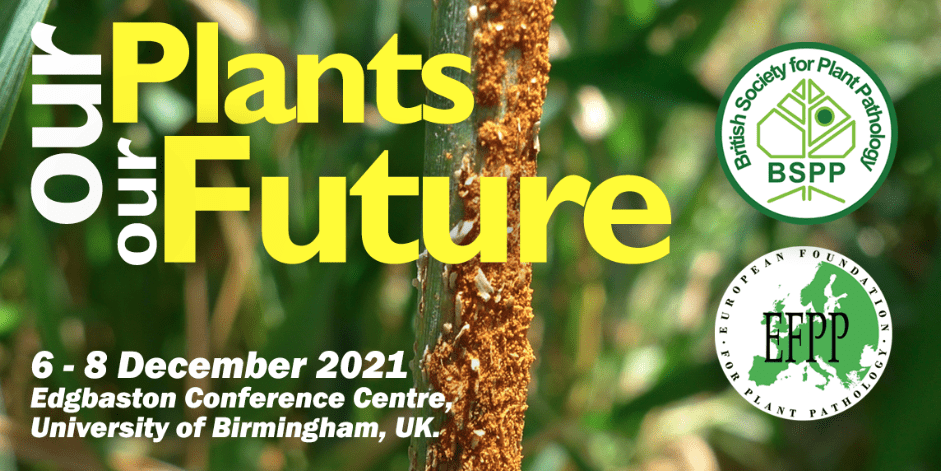
The British Society for Plant Pathology (BSPP) and the European Foundation for Plant Pathology (EFPP) teamed up late last year to present the Our Plants, Our Future conference. Dr Victoria Woolley summarises some key points on how molecular biology can contribute to improving plant health.
Our Plants, Our Future addressed a range of plant health challenges, as well as considering policymaking and alternatives to pesticides. It was particularly interesting how genetics/genomics was central to much of the discussion.
Plant Breeding for disease resistance
DNA sequencing has enabled researchers and breeders to identify which DNA sequences can protect against various plant diseases. This allows plants to be bred with increased disease resistance.
Dr Ruth Bryant, from RAGT Seeds, discussed the successes and challenges associated with breeding in wheat. She likened it to an arms race, using the example of a variety of wheat that had been bred with a gene that conferred resistance to Septoria, a devastating fungal pathogen. Unfortunately, within three years a ‘resistance breakdown’ occurred, which meant that Septoria evolved to overcome this resistance. This illustrates the constant battle between plants and diseases, with both evolving continuously.
Dr Richard Buggs, from the Royal Botanic Gardens Kew, outlined his work to develop resistance to ash dieback – a serious fungal disease affecting ash trees – through plant breeding. His project screened ash trees across the UK to identify those that show a level of resistance to the disease. Genomic data was then used to identify genes that contributed to resistance. This information can be used to select young trees for breeding programs that are more likely to be resistant to ash dieback.
Disease detection and diagnostics
Molecular diagnostics involves the DNA sequencing of pests and diseases in order to identify them. It can also provide information about different strains and varieties, or identify pesticide resistance. Dr Sarah Green, Forest Research, described her project, PHYTO-THREATS, which used meta-barcoding to identify different species of the fungus-like pathogen Phytophthora present in UK plant nurseries. Meta-barcoding is the high-throughput sequencing of short sections of DNA (‘barcodes’) to identify diverse taxa. Dr Green explained how the project had identified more than 60 Phytophthora species, some of which had not previously been seen in the UK. Overall, this information allows the development and implementation of better nursery management practices to minimise disease transmission.
Managing potato blight
Phytophthora was also the focus for Dr David Cook’s, James Hutton Institute, presentation which described collaborative efforts to combat potato late blight (Phytophthora infestans). Collaborators on the EuroBlight project have collected late blight samples from across Europe and used genetic techniques (SSR genotyping) to understand its population structure. By understanding which clones are present in different areas, EuroBlight makes recommendations to farmers about the best way to manage this disease.
The next steps
The series of topics and examples discussed in the Our Plants, Our Future conference show that genetic techniques have revolutionised the way we identify plant diseases and how we combat them. However, there is still more work to be done in increasing the accessibility of such techniques and disseminating research findings to growers.
Learn how CHAP can help you on your molecular biology journey with our Molecular Diagnostics Laboratory and National Reference Collection facilities.









